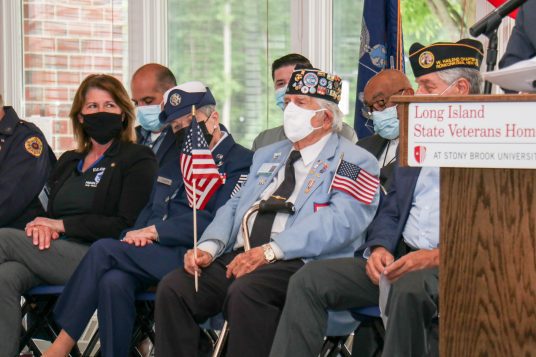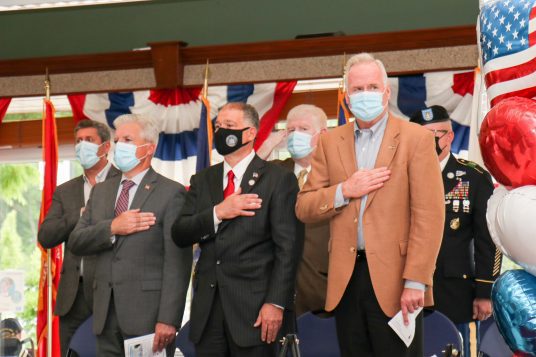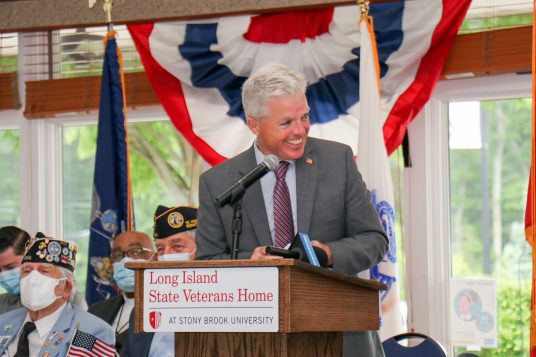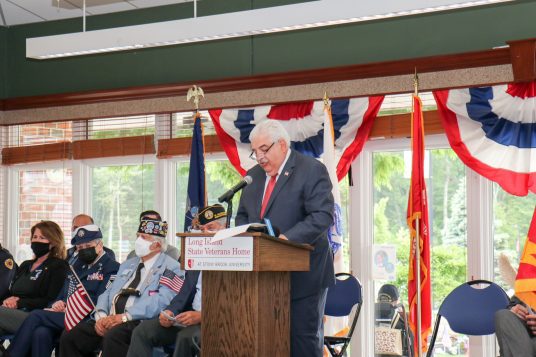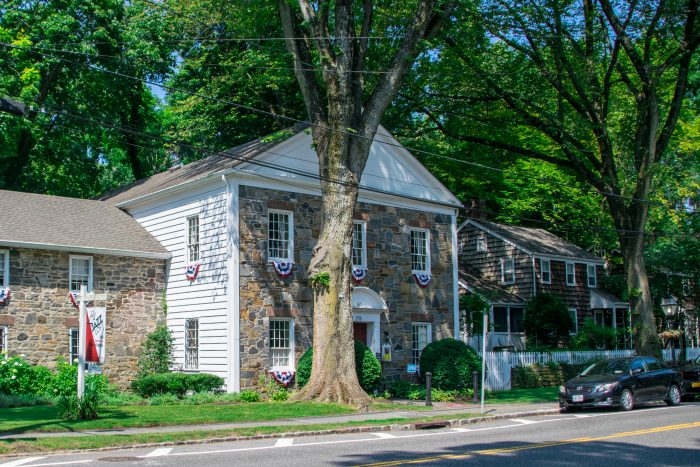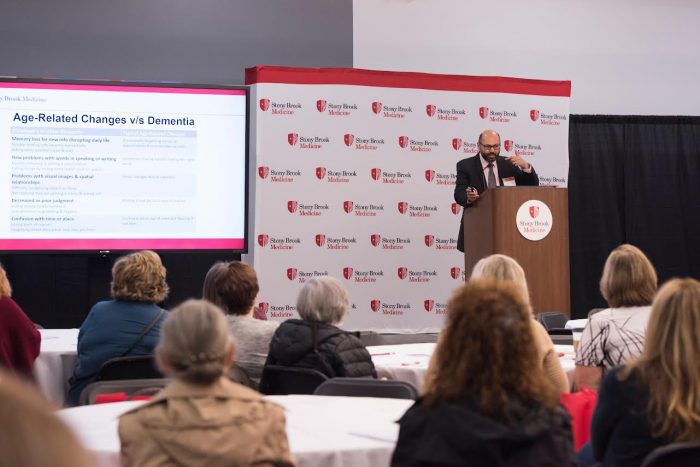By Bob Lipinski

If there is one wine that lovers of red and white wine can enjoy with equal pleasure, it is Pinot Noir. It’s light- to medium-bodied, with little bitterness (tannin) and loaded with plenty of juicy fruit. Unlike many red wines, Pinot Noir can be enjoyed by itself, perhaps with a cracker and wedge of your favorite cheese. Incidentally, Pinot Noir likes to be lightly chilled (like most white wines).
Pinot Noir is a thin-skinned, medium acid red grape variety believed to have originated in France over 2,000 years ago. It is grown principally in Burgundy and Champagne, France, and is also grown in other regions of France and most wine-producing countries of the world. Pinot Noir is genetically unstable, meaning that it mutates: the parent vine may produce offspring with fruit different in color, size, shape, and flavors.
Some of these mutations are Pinot Blanc (Bianco), Pinot Gris (Grigio), and Pinot Meunier, among others. Pinot Noir is known as Pinot Nero in Italy and Spätburgunder in Austria and Germany.
Most of the Pinot Noir wines are made from 100 percent of the grape. While others are blended with a small amount of Syrah (for color and body). The most famous Pinot Noir blend is champagne; a combination of Chardonnay, Pinot Meunier, and Pinot Noir grapes. The blend is generally 70 percent red grapes and 30 percent white grapes. A lesser-known champagne is called Blanc de Noirs, a white wine made entirely from black (red) grapes.
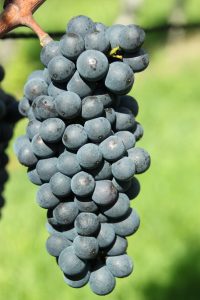
Pixabay photo
Pinot Noir pairs with ahi tuna, broiled or blackened salmon, mushrooms, root vegetables, grilled vegetables (especially zucchini and tomatoes), or even a slice of your favorite pizza.
Pinot Noir is often referred to as feminine, a nebulous term describing wines that are soft, perfumed, charming, seductive, delicate, and elegant.
Some Pinot Noir wines I’ve enjoyed over the past few months are:
2016 Lauca “Reserva” Maule Valley, Chile: Light-bodied with a bouquet dominated by spicy cherry, along with mint, coffee, and mushrooms.
2018 Murphy Goode, California: Spicy black cherry and flavors of cranberry and cola with hints, tea, and cinnamon.
2017 Domaine Anderson “Pinot Noir” Anderson Valley, California: Bouquet of blackberry and mulberry with flavors of red currants, cola, and dried fruits.
2018 La Crema “Sonoma Coast” California: Bouquet and flavor of spicy berries, pomegranate, brown baking spices, and toasted nuts in the aftertaste.
2018 Aquinas, North Coast, California: Deep ruby color; a bouquet and flavor of pomegranate, plum, sandalwood, cherries, and cranberry.
Bob Lipinski is the author of 10 books, including “101: Everything You Need To Know About Whiskey” and “Italian Wine & Cheese Made Simple” (available on Amazon.com). He consults and conducts training seminars on Wine, Spirits, and Food and is available for speaking engagements. He can be reached at www.boblipinski.com OR [email protected].



